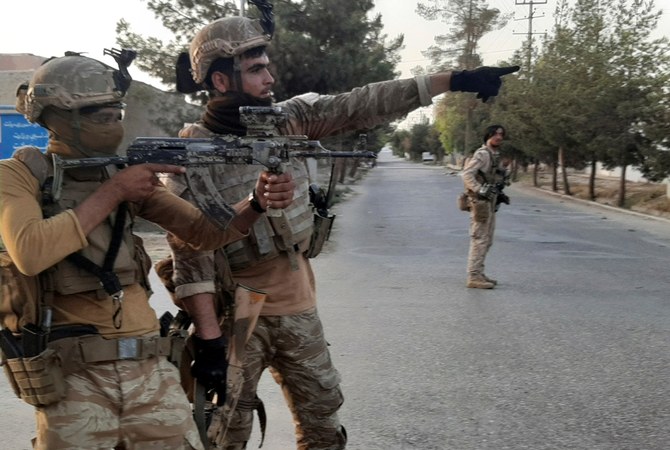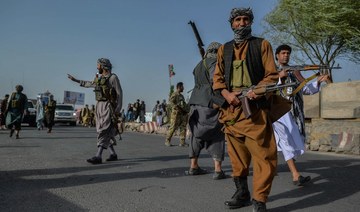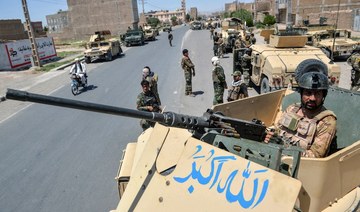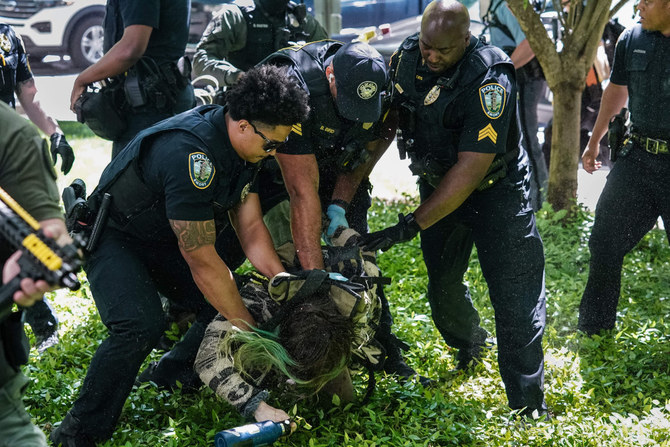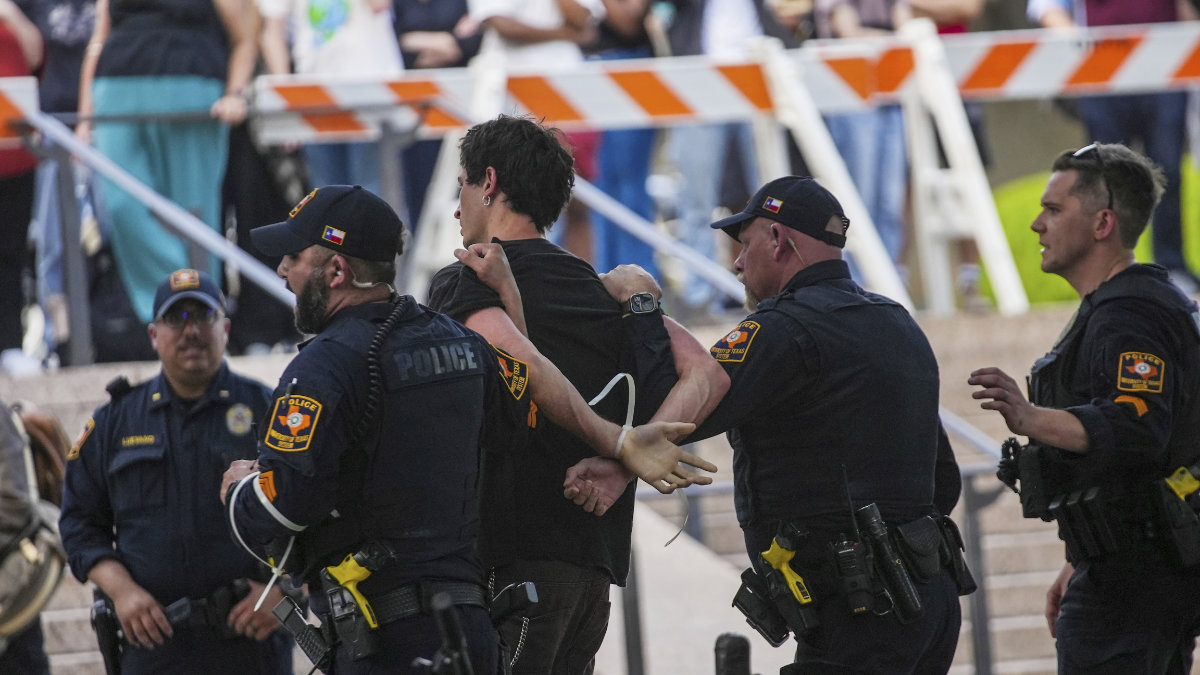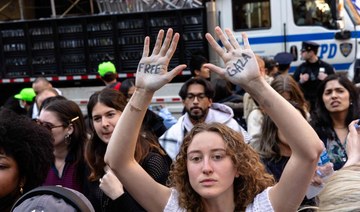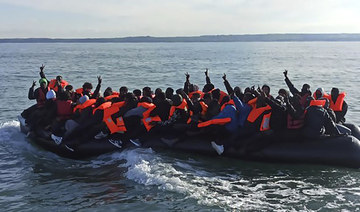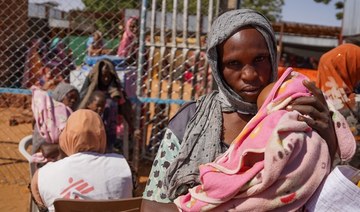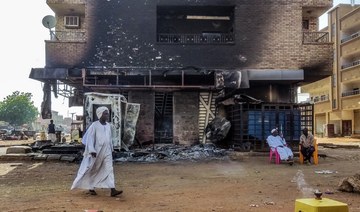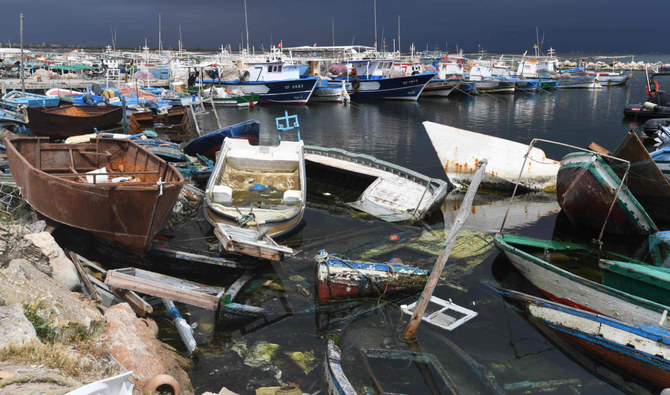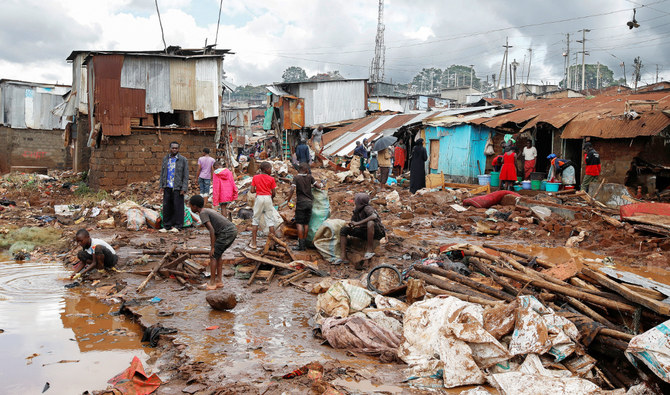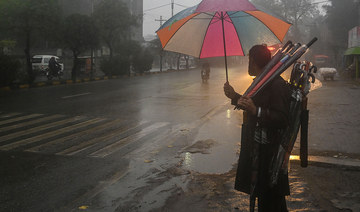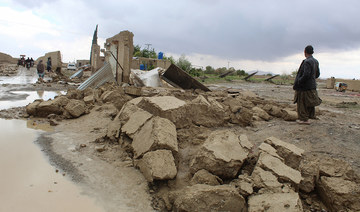RIYADH: The US Sate Department has said that a recent attack in the Afghan capital is consistent with previous attacks carried out by the Taliban, though it is not yet in a position to officially indicate who exactly carried it out.
A car bomb explosion followed by several blasts and rapid gunfire rocked Kabul, not far from the heavily fortified Green Zone that houses several embassies, including the US mission.
“We’re not in a position to attribute it officially just yet but of course it does bear all the hallmarks of the spate of Taliban attacks that we have seen in recent weeks,” State Department spokesman Ned Price told reporters.
“It’s important for the Taliban to recognize that it cannot achieve its objectives by seizing power through violence,” he added.
No one immediately took responsibility for the attack that apparently targeted the country’s acting defense minister, but it came as Taliban insurgents have been pressing ahead with an offensive that is putting pressure on the provincial capitals in the south and west of the country.
Clashes have intensified since early May after President Joe Biden announced US troops would leave the country by September after almost 20 years battling the group.
Unidentified gunmen were killed at Tuesday’s attack site which is home to Afghan officials, lawmakers and prominent residents.
Interior Ministry spokesman Mirwais Stanekzai said the blast happened in the posh Sherpur neighborhood, which is in a deeply secure section of the capital known as the green zone. It is home to several senior government officials.
Stanekzai said it appeared the guesthouse of acting Defense Minister Bismillah Khan Mohammadi was targeted in the attack. His Jamiat-e-Islami party was told the minister was not in the guesthouse and his family had been safely evacuated.
A party leader and former vice president, Younus Qanooni, reassured the party in a message shared on social media that the minister and his family were safe.
The Defense Ministry released a video in which Mohammadi says that his guards had been wounded in a suicide attack. “I assure my beloved countrymen that such attacks cannot have any impact on my willingness to defend my countrymen and my country,” he says.
Details of the attack were sketchy even as it ended but it appeared that gunmen had entered the area after the explosion. Stanekzai said three attackers were killed by security personnel and a clean-up operation was conducted by police. All roads leading to the minister’s house and guesthouse were closed, he said.
Hundreds of residents in the area were moved to safety, said Ferdaws Faramarz, spokesman for the Kabul police chief. He said security personnel had also carried out house-to-house searches.
At least 11 people were wounded in the attack and were taken to hospitals in the capital, said Health Ministry spokesman Dastgir Nazari.
Daesh has claimed some recent attacks in Kabul but most have gone unclaimed, with the government blaming the Taliban and the Taliban blaming the government.
After the attack, hundreds of civilians in Kabul came out on to the streets and chanted Allahu Akbar (God is Greatest) to express their support for Afghan government forces and opposition to the Taliban.
The night-time march spilled across the city with mostly men and some women joining in the demonstrations, carrying candles and Afghan flags to signal united opposition to the hardline Islamist group.
“The whole world can choose to be silent about what is going on in Afghanistan but we can’t and won’t stay quiet anymore...we will stand side by side with our security forces until our last breath,” said a demonstrator in Kabul on condition of anonymity.
The country’s first Vice President Amrullah Saleh said the demonstrations were “historic moments” of “emotions and patriotism.”
“Allah o Akbar, death to Talib terrorists & their backer,” he said in a tweet at a time when Afghan forces flushed out militants in the overnight operations.
Last week, residents in the western province of Herat braved the streets despite nearby fighting to protest against the Taliban. Other cities quickly organized to join from their homes in the evenings, as a message of support for embattled security forces.
Afghan forces appealed to residents of the southern city of Lashkar Gah to leave their homes and stay away from areas where the Taliban were taking control, as they intend to launch operations against the group where its fighters were traveling freely.
The loss of Lashkar Gah would be a huge strategic defeat for the government, which has pledged to defend strategic centres after losing much of the rural parts to the Taliban in recent months.
The Taliban said their fighters killed a district governor of central Maidan Wardak province on Tuesday, the latest in a series of killings by the insurgent group aimed at eliminating senior government officials and social activists.
— with input from AP, Reuters, AFP



